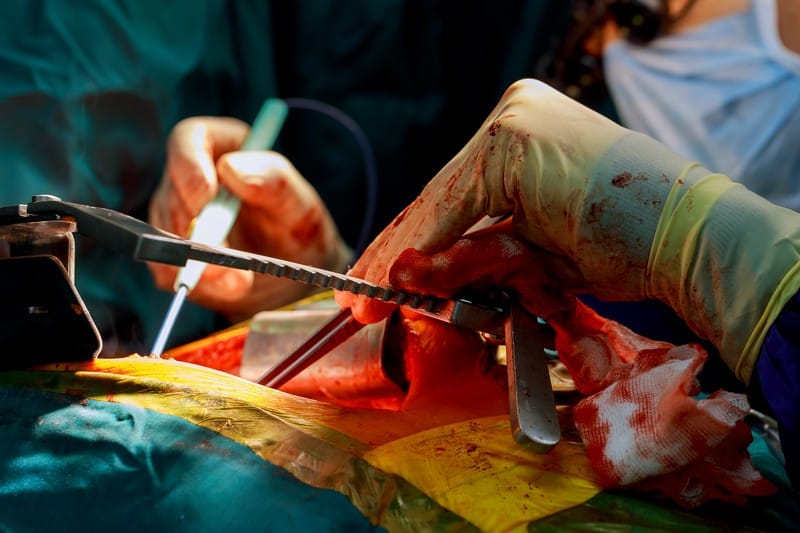Liver Transplantation

Polycystic liver disease is a hereditary disorder characterized by the formation of multiple cysts in the liver. The severity of polycystic liver disease varies considerably from one person to another. Some people with polycystic liver disease experience only mild symptoms, while others may develop life-threatening complications such as liver failure. Liver transplantation is the last resort for patients with polycystic liver disease who have reached end-stage liver failure.
The process of liver transplantation is fairly complex and involves careful planning and coordination between medical professionals. Polycystic liver disease patients who are candidates for transplantation are typically placed on a waiting list until a suitable donor organ becomes available.
Once a donor organ is found, the patient undergoes surgery to remove the diseased liver and replace it with the healthy donor organ. After transplantation, patients must take immunosuppressive medications to prevent their bodies from rejecting the new liver.
Liver transplantation is generally successful in treating polycystic liver disease; however, some risks include infection, bleeding, and rejection of the transplanted organ. In most cases, however, patients who undergo liver transplantation experience an improvement in their quality of life.










